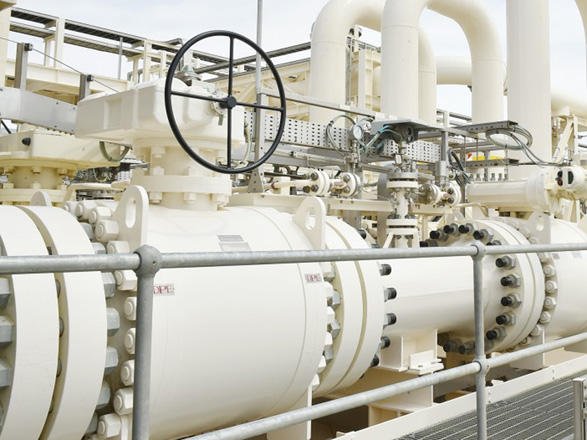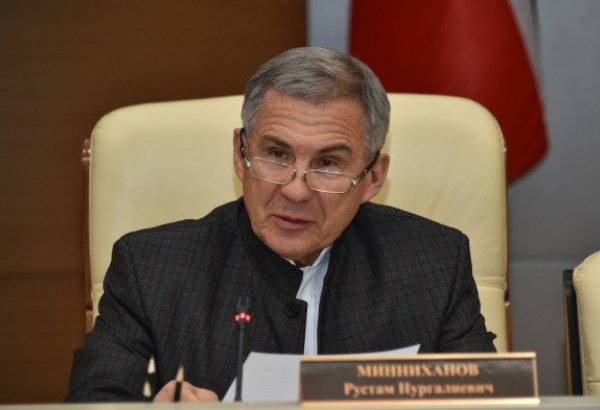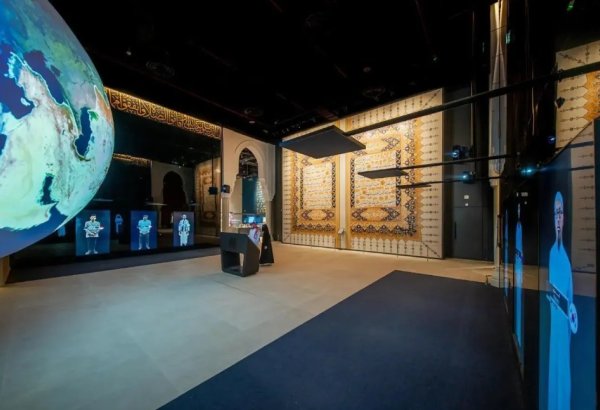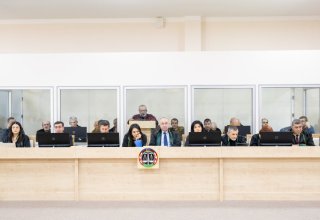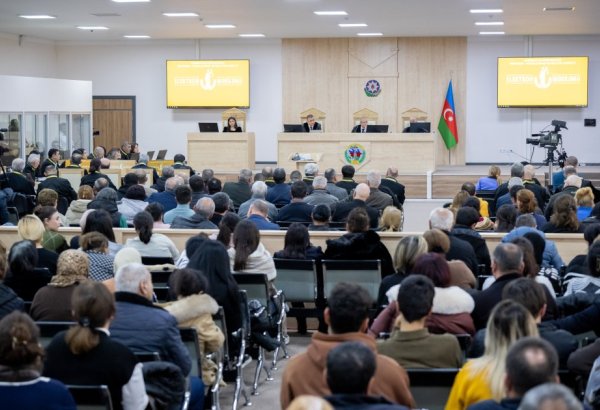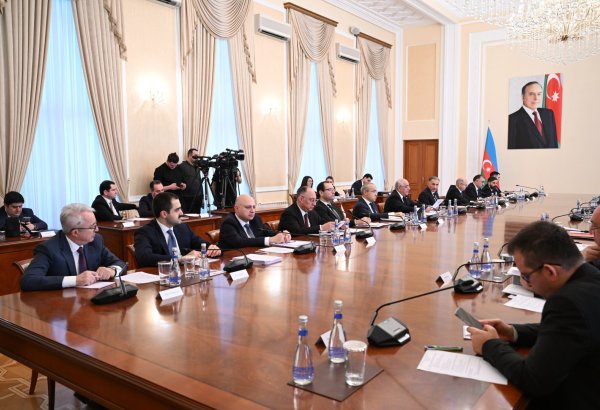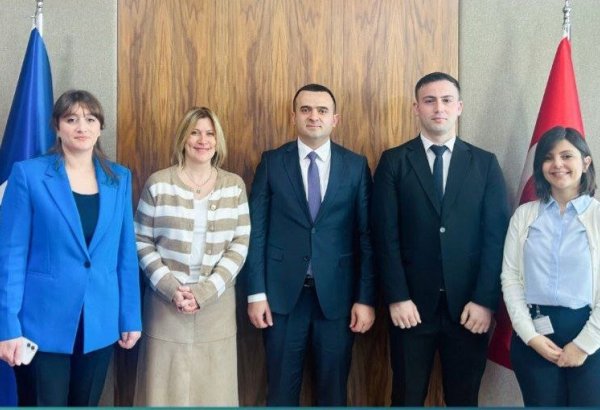BAKU, Azerbaijan, October 3. Slovenia supports gas supplies via the Southern Gas Corridor, a source at the government of the Republic of Slovenia told TurkicWorld.
As the source noted, Slovenia supports all efforts that will contribute to the diversification of gas supply sources in Central and Southeastern Europe.
"This is particularly important now in the wake of war in Ukraine as we look for alternative sources of gas supply. The gas supply from the Southern Gas Corridor is surely one of the options to consider," the governmental official said.
Speaking about markets for trade, the source noted that Slovenia is mainly striving for greater market diversification.
"As we are an important part of the common EU market, we also generate 24 percent of exports outside the EU countries, making the Caspian Corridor's trading partners important. Each new trade route promises many benefits for the Slovenian economy as well as for the partner economies, including diversification of exports, which can contribute to greater stability and resilience of the Slovenian economy, which is crucial for the country's sustainable economic growth," the governmental official said.
Meanwhile, the Southern Gas Corridor started transportation of Azerbaijani gas to Europe on December 31, 2020. It transports gas from the Caspian Sea region to European countries through Georgia and Türkiye.
The project’s cost totaled $33 billion, as compared to the forecast $45 billion. Capital expenditures on the SGC project are expected to be fully reimbursed within 8–10 years.
In July 2022, Azerbaijan and the EU agreed to increase the volume of gas supplies via the Southern Gas Corridor from the current 10 bcm to 20 bcm by 2027.
The Middle Corridor is a transportation and trade route that connects Asia and Europe, passing through several countries in the region. It is an alternative route to the traditional Northern Corridor and Southern Corridor. The route starts in China and crosses Central Asian countries such as Kazakhstan, Uzbekistan, and Turkmenistan. It then passes through the Caspian Sea, Azerbaijan, Georgia, and Türkiye before reaching Europe. The Middle Corridor offers a land route that connects the eastern parts of Asia, including China, with Europe, bypassing the longer maritime routes.








